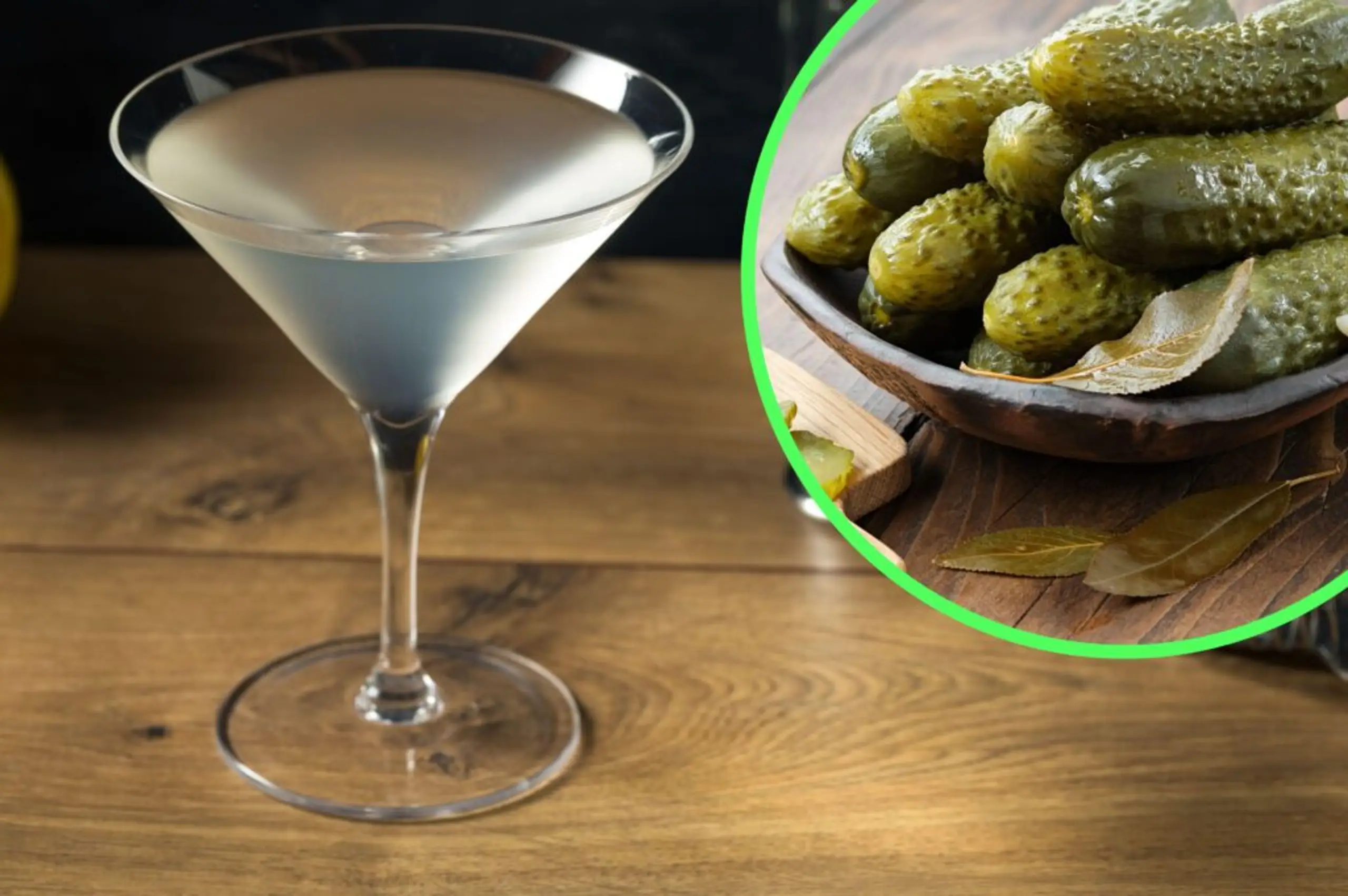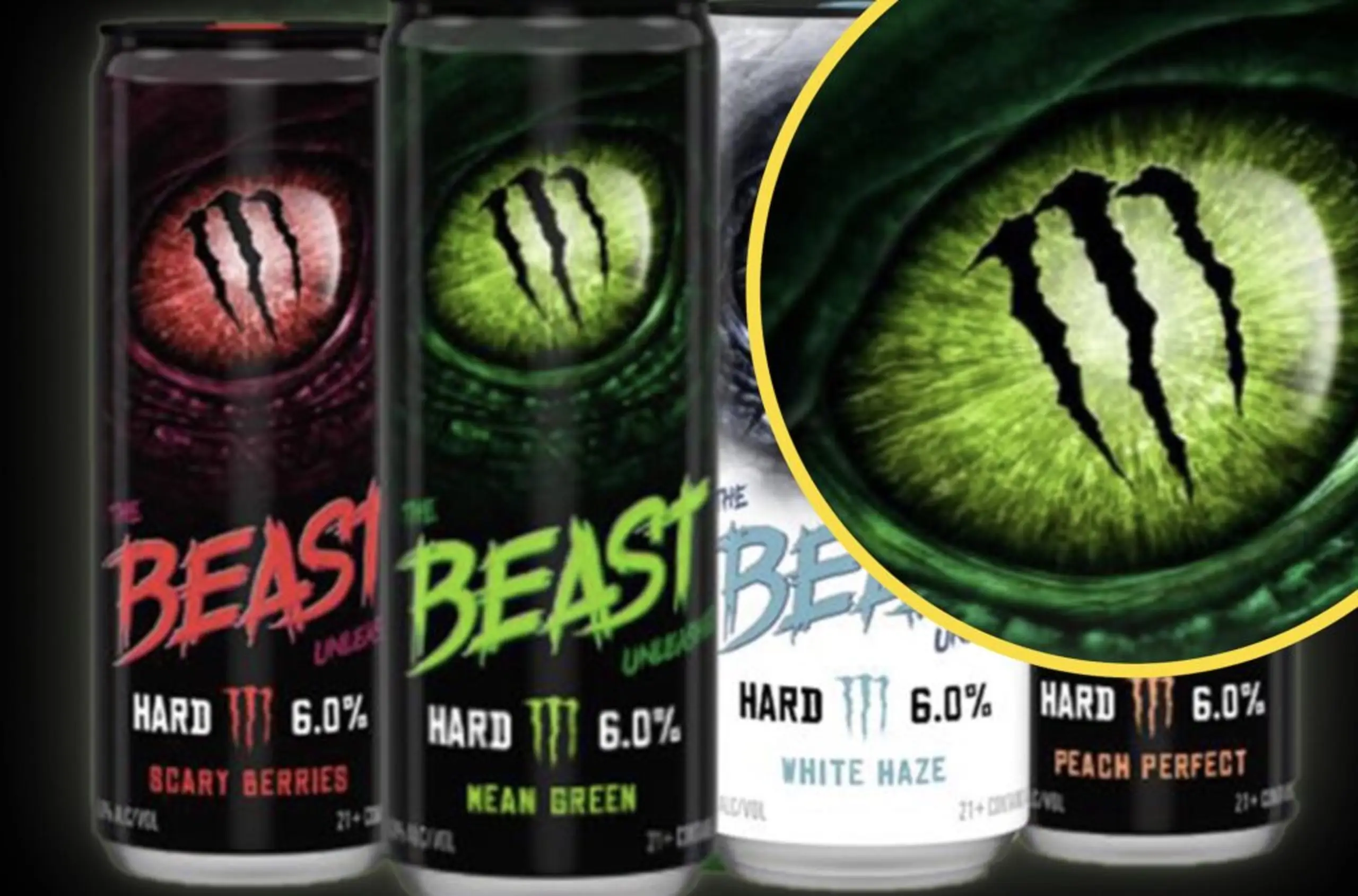Uncategorised
This is the miracle fruit that turns sour things sweet
21 Mar 2018
3m
In the tropical lowlands of West Africa there grows a small, nondescript looking shrub.
Squat and scraggly in appearance, the only thing to mark it apart from the thousands of other bushes that line the roadways of Ghana and Nigeria are the bulbous, bright vermillion fruits that cluster on its branches. You won’t be able to find it in your local supermarket or greengrocers, but this fruit’s near tasteless, pale flesh has an incredible secret. After you’ve taken a bite, all sour foods will suddenly taste sweet. Lemons and limes become sugary and vinegar turns to treacle. It’s small wonder that this innocent looking plant has earned the name “miracle fruit”.
 Credit: Wiki
Credit: Wiki
There are reports of local cooks harnessing the incredible power of miracle fruit from as early as the 18th century. The French cartographer, Chevalier des Marchais observed people picking the peculiar berries and chewing them before each meal in 1725. One recipe that seemed to rely heavily on the fruit was traditional soured cornbread. It was also noted that the berries were a key component in regional beverages, turning typically unpalatable palm wine into a sweet, syrupy delicacy.
While the power to turn sour into sweet might seem like magic, the mystery of miracle fruit is rooted in science. When you bite into the berry, the flesh coats the inside of your mouth with a rare protein, known as miraculin. At the body’s normal neutral pH, miraculin binds to and blocks the tongue’s sweet receptors. However, when the pH becomes lowered by eating the acid found in sour ingredients, miraculin turns the sweet receptors into overdrive, giving the impression that the food is packed with sugar. The effect lasts for about 30 minutes, before saliva washes away the dissembling protein and taste returns to normal.
 Credit: Flickr/goodbye ohio
Credit: Flickr/goodbye ohio
For a period, it seemed as though the unusual properties of this incredible plant had the potential to transform the food industry. As a naturally occuring alternative to harmful chemicals and sugars, on paper at least, it made sense for businesses to look into the commercial viability of manufacturing miracle fruit on a mass scale. Thanks to this interest, the fruit is now cultivated in Southeast Asia as well as its native Africa, and is particularly popular in the markets of Malaysia and Taiwan.
However, when attempts were made to introduce miracle fruit into the American and European markets, controversy arose. The berry was declared an additive, alongside substances such as MSG and food colouring, and consequently became carefully regulated. In the EU, miracle fruit was placed on a list of “Novel Foods”, meaning that it required a safety assessment before being included in cooking.
 Credit: Flickr/theflashbulb
Credit: Flickr/theflashbulb
For years, rumours circulated that miracle fruit’s status was not down to any potentially dangerous side effects, but rather thanks to undue pressure on the FDA and other authorities from the sugar industry. Afraid of falling profits in the face of the discovery of a new natural sweetener justifiably put sugar businesses on edge. Allegations of sabotage and theft of crucial research files flew from pro-miracle fruit lobbyists, as the debate intensified. However, the berry’s ultimate categorisation as an additive ended the push to make miracle fruit popular.
 Credit: Medical Daily
Credit: Medical Daily
Regardless of the food industry’s stance on this remarkable plant, the existence of an ingredient that can turn sour things sweet is still cause for celebration for foodies anywhere. Thanks to intensive regulation, you’ll have to carry out extensive research to seek it out. However, for a truly unique and natural eating experience, there are few foods more exciting than miracle fruit.



